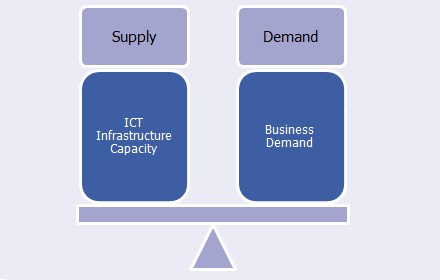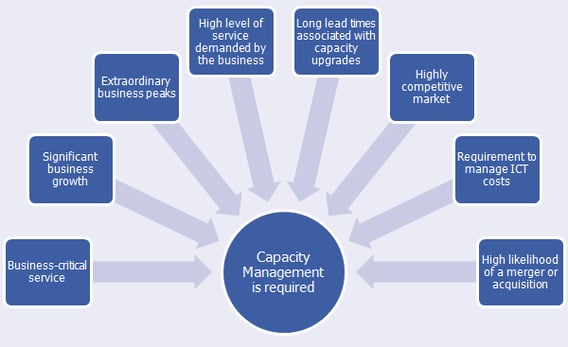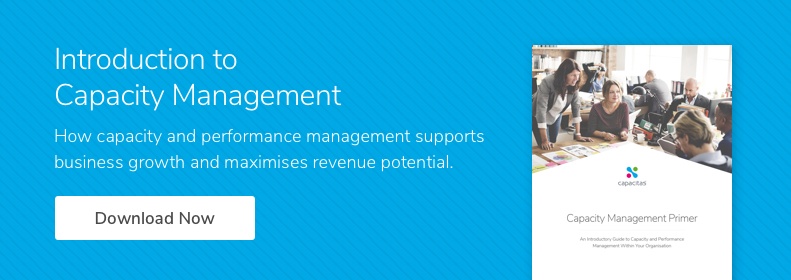What is Capacity Management?
The goal of capacity management is to ensure the timely provision of cost-justifiable capacity, that meets the current and future agreed needs of the business.

Do I Need Capacity Management?
Capacity management will be beneficial if your organisation meets one or more of the following criteria:
- Frequent innovation; new product launches, changes to existing services, etc.
- Rapid business growth
- Desire to reduce information and communication technology (ICT) costs
- A strategy to reduce the company’s impact on the environment
- A significant percentage of revenue is dependent on ICT services
- Requirement to reduce the risk of degraded availability of business-critical services
The diagram below shows some criteria to determine whether capacity management is required.

The Impact of Insufficient Capacity or Unacceptable Performance
If your organisation meets some or all of these criteria, then the following risks may need to be addressed:
- Reduced service availability; this may occur if there is insufficient capacity in the ICT infrastructure thereby causing a service failure or degraded service
- Lost revenue; this occurs when customers cannot use your service and switch to rival services. This is an important consideration with e-commerce services where the cost to a customer of switching to a competitor is low
- Poor customer satisfaction; poor user experience can impact the customer’s perception of the business
- Reputational damage to your organisation resulting from a degraded service
- Demotivated staff; staff productivity and morale may be affected by a poorly performing internal service
Capacity and performance management is used to mitigate these risks.
Capacity and performance management employs processes, tools and skilled staff to reduce risk by assessing the future business demand, and planning the cost-justifiable capacity required to support it. This approach is especially useful where the upgrades to capacity have long lead times associated with them and/or capacity upgrades represent significant capital spend.
The risk of capacity exhaustion is greater where the service is supported by many ICT components; capacity exhaustion of even one of the many components may cause catastrophic service failure.
The level of effort required to do capacity and performance management will depend on the service in question, the complexity of the ICT infrastructure that supports the service and the data available.
Scenario Planning
Capacity and performance management employs techniques to enable the business to conduct scenario planning, for example:
- What will the business demand be for next year?
- Can we support the business demand for next year?
- What level of business demand can we support?
- What is the impact on our service if we launch a new product?
- What happens if we have a major infrastructure failure?
- Can our existing service support increased demand resulting from a merger or acquisition?
- What will our ICT operating and capital costs be next year?

Summary
Capacity and performance management is a powerful risk management technique to ensure the continuity of business services, whilst minimising additional spend on ICT infrastructure.
To learn how capacity and performance management supports business growth and maximises revenue potential - download our primer here.


